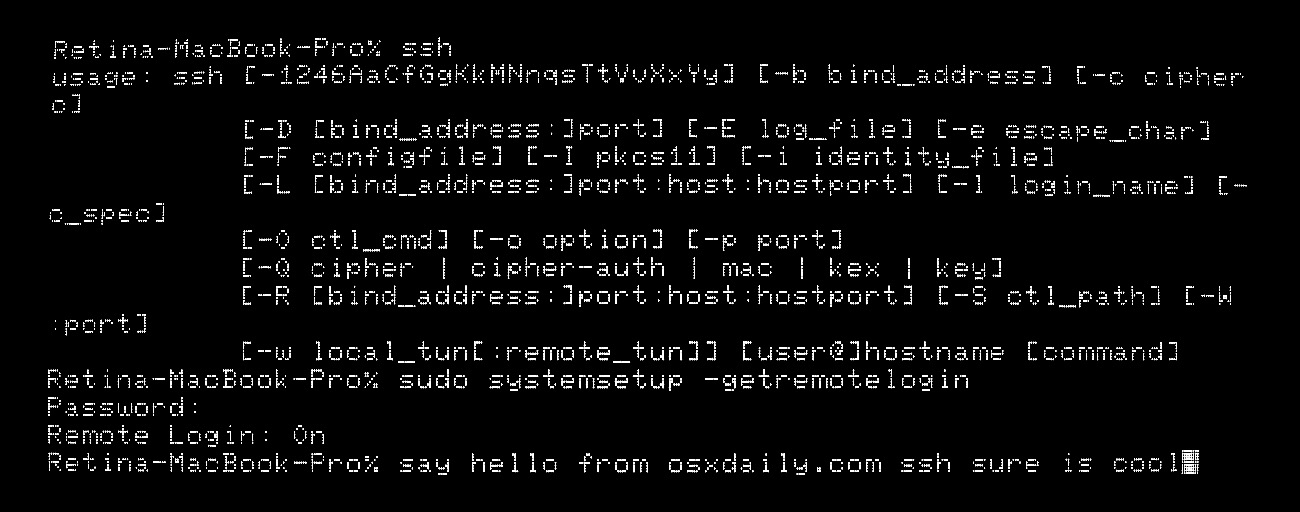
Print the disk usage of all the file systems. $ du -kx | egrep -v "\./.+/" | sort -nĪnother Linux command to monitor disk space is df (disk free). Locate the biggest files in the current directory and sub-directories. $ du -ah -exclude="*.txt" /home/techbeamersĥ. Then, the du command will filter the files matching the given pattern. With the “–exclude” switch, you can specify a file pattern. There is also an “-a” flag to display the usage of all files and folders.Ĥ. Using “-c” switch will get the total size of the directory including the subdirectories printed at the last line. To check the total space occupied by a directory, use the “-s” option with the du command. To print in bytes, kilo bytes, mega or Gigabytes, use the “-h” option with du command.Ģ. It displays the output in the form of disk blocks. If you wish to check the disk usage of a folder and its subfolder, then run the following command. It’s one of the standard Linux commands to retrieve the disk usage of files and folders.ġ. Terminal Commands To Check Disk/File Usage. Sort “ps” output by memory usage, from high to low.
#Comandos mac os x terminal full#
Modify top command to print the absolute path in its output.Īfter running top, press “c” to display the processes with full path and arguments.Ĥ. You can enter the PID of your choice and provide 15 as the signal value. It’ll prompt you for the process ID and ask for the signal to kill. Kill a process while running the top command. USER PID %CPU %MEM VSZ RSS TTY STAT START TIME COMMAND Print the top 10 processes consuming a lot of memory. Additional Linux commands to isolate memory issues.ġ. The top header in its output shows the CPU usage, RAM and swap statistics. And it provides several other options and details along with displaying the memory usage. For example, press “a” letter to sort process with PID (Process ID). Press (Shift+O) to select a column via field letter. Most of the time, you can verify the process consuming resources by looking at the or the columns in the top output. Then, you should use top command to determine the process responsible.

If you are in a situation, where the memory usage is between 90-100%. But you need not be a root user to run this command. It reverts with the memory usage in the same way as the command does. You need root or access to run this command. The “-m” option returns the usage data in MB format.Īnother way to quickly check the memory consumption is by printing the command.

It’s the most frequently used command to track memory usage on Linux.

Terminal Commands To Check System Memory. 50+ Terminal Commands – Linux/OS X Users.ġ. Miscellaneous Commands for Quick Reference. Commands To Configure Terminal & Screen.Ħ. Commands To Check on Running Processes.ĥ. Here is the table of content for quickly browsing through the terminal commands.ģ. ☛ Recommended – 30 Linux Questions With Answers – Online Test.


 0 kommentar(er)
0 kommentar(er)
